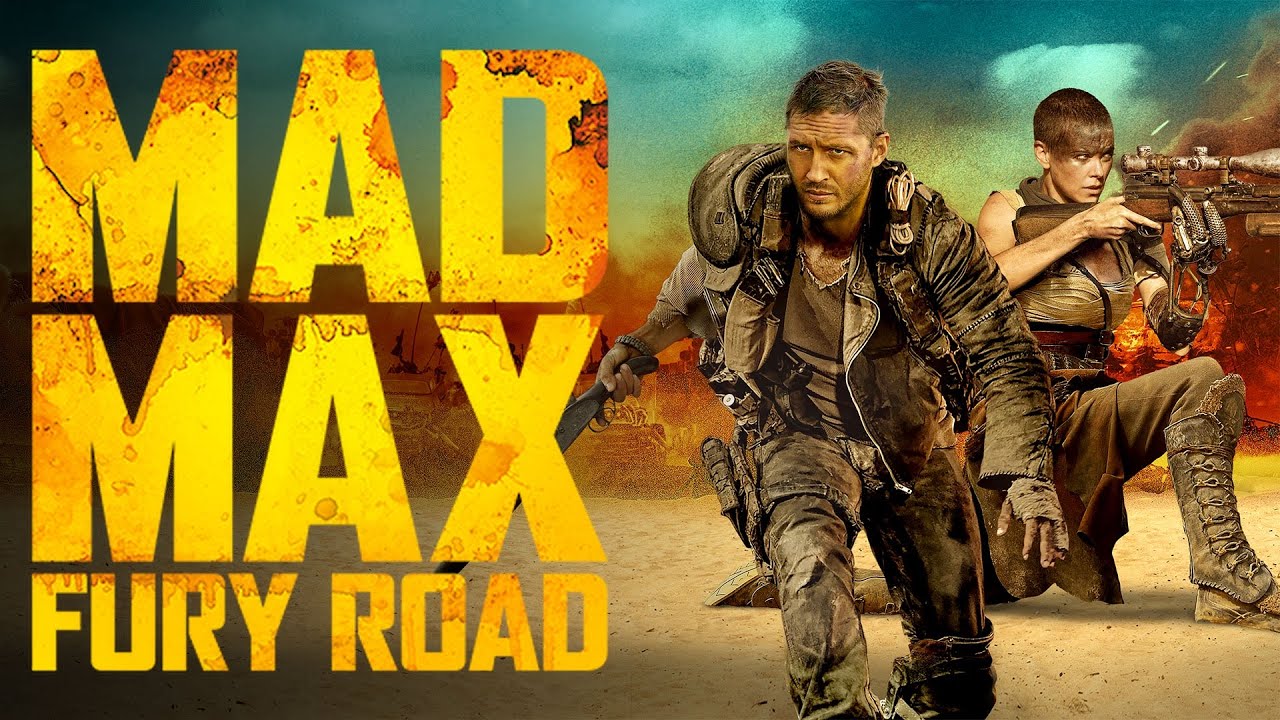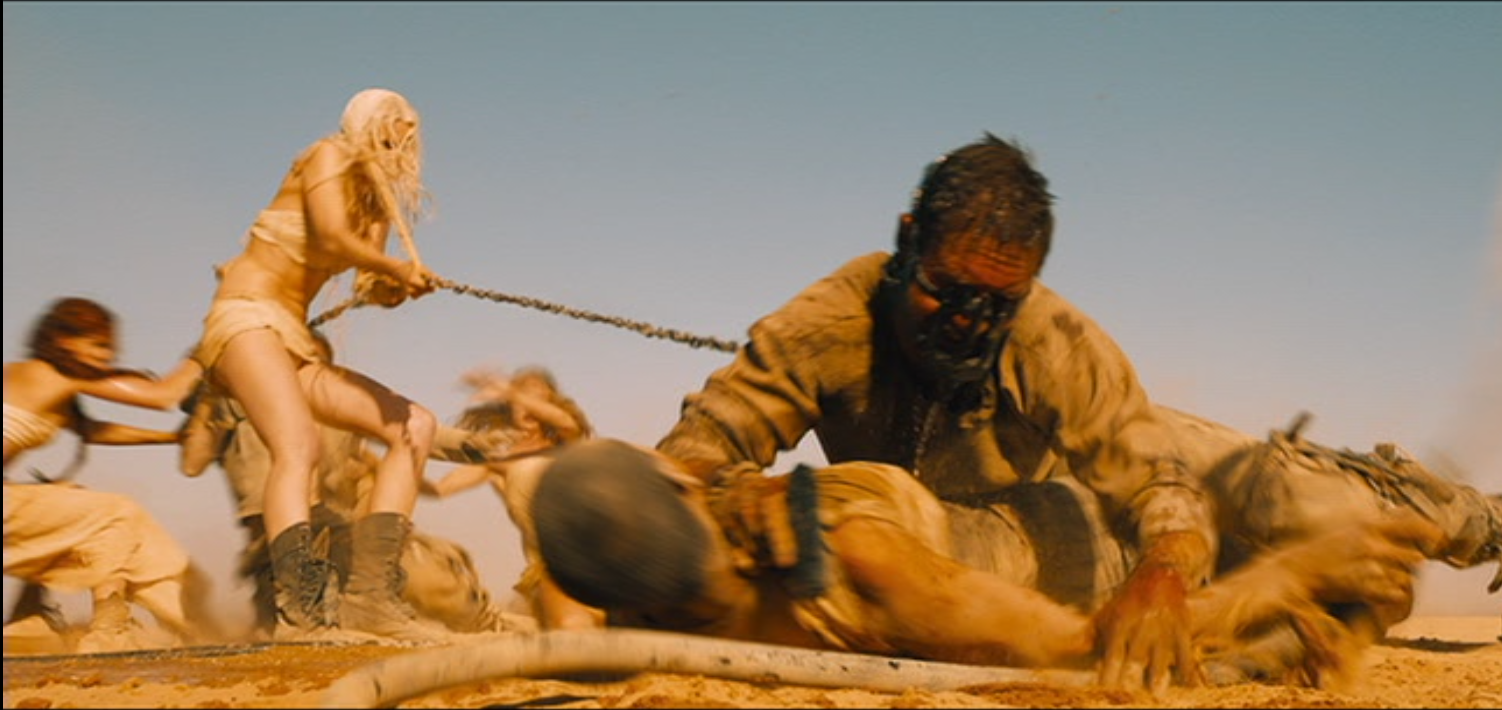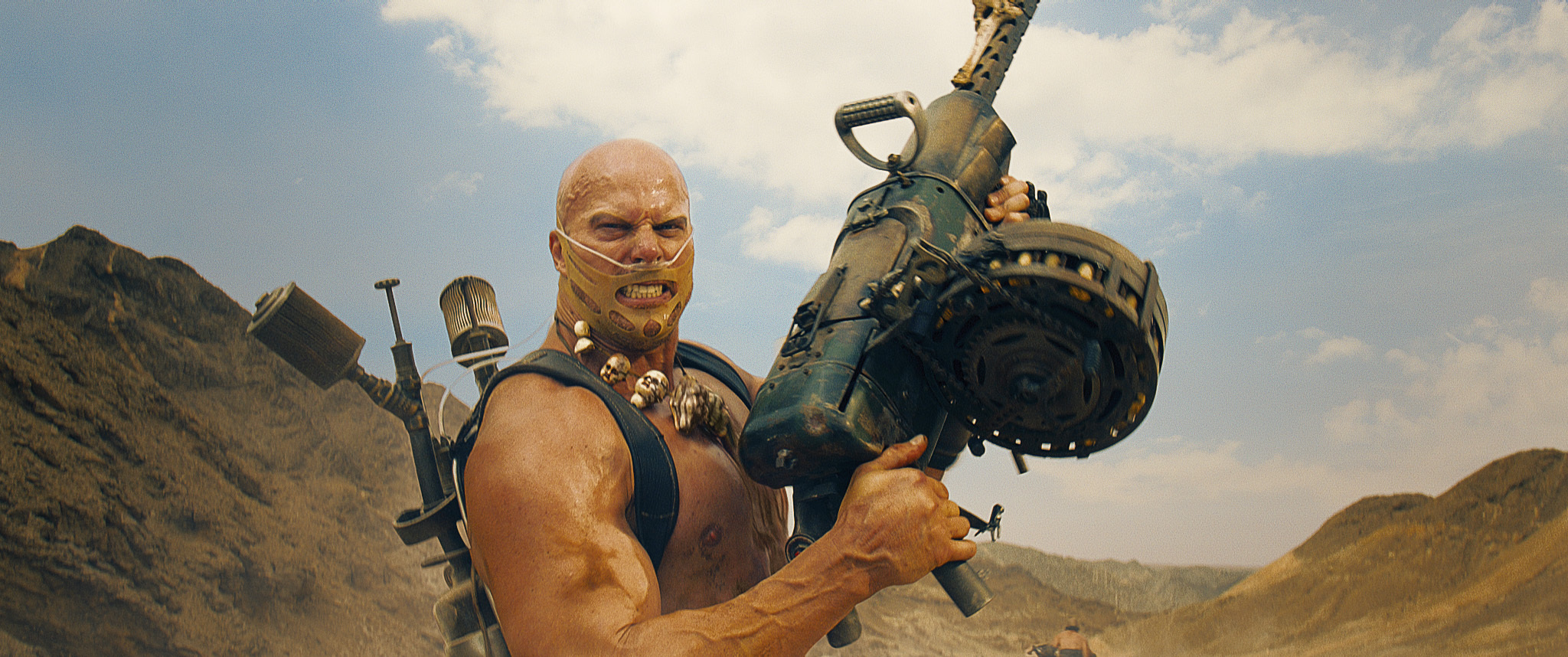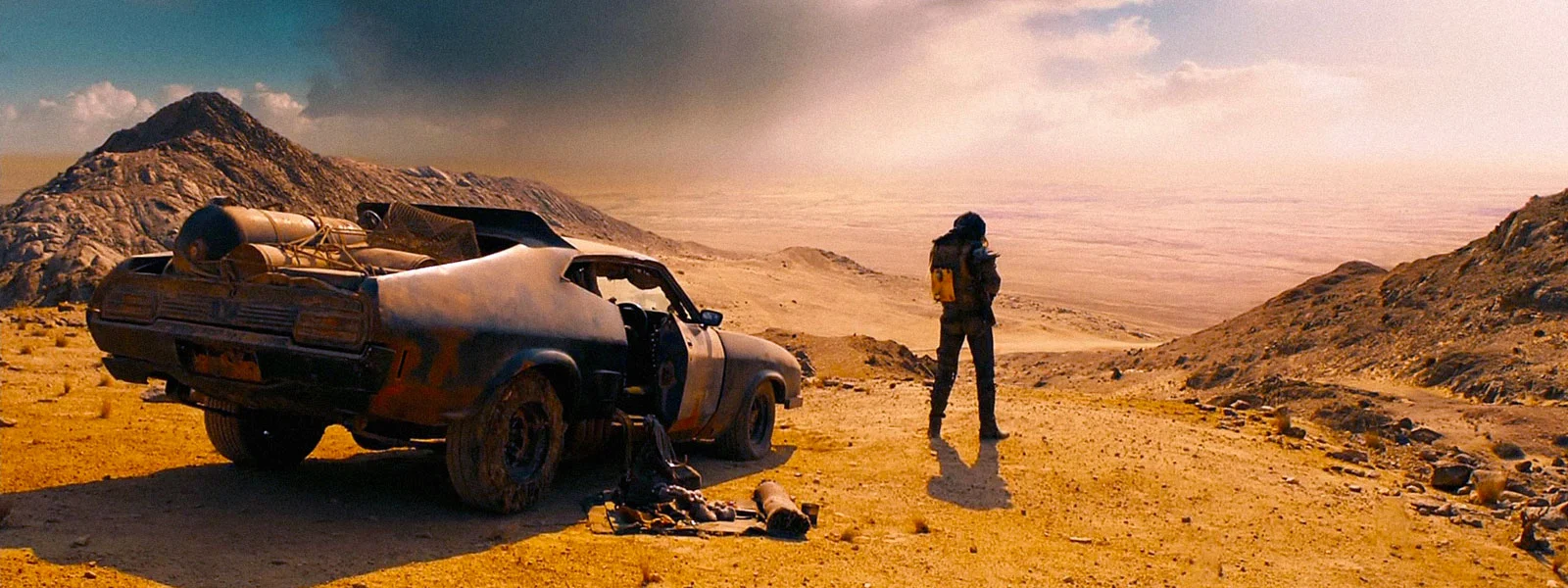MAD MAX – Fury Road (2015

Mad Max: Fury Road (2015) is a high-octane masterpiece that redefines the action genre, delivering a relentless, adrenaline-fueled ride through a post-apocalyptic wasteland. Directed by George Miller, the film is both a continuation and a reinvention of the iconic Mad Max series, blending breathtaking visuals, minimalistic storytelling, and deeply resonant themes to create a cinematic experience that is as thrilling as it is profound.
Set in a dystopian future ravaged by war and climate disaster, the story begins with Max Rockatansky (Tom Hardy), a drifter haunted by his tragic past, captured by the fanatical warlord Immortan Joe (Hugh Keays-Byrne) and his army of War Boys. Max is enslaved and used as a “blood bag” for the ailing War Boy Nux (Nicholas Hoult). Meanwhile, Imperator Furiosa (Charlize Theron), one of Joe’s most trusted lieutenants, betrays him by stealing his prized “wives”—women Joe keeps as breeding slaves—in a daring attempt to liberate them.
The bulk of the film unfolds as an epic chase through the barren desert, with Furiosa and Max forging an uneasy alliance to evade Joe’s relentless pursuit. Driving a massive, weaponized War Rig, they battle waves of War Boys, grotesque vehicles, and the brutal environment, all while searching for Furiosa’s fabled homeland, the Green Place.
Charlize Theron delivers a powerhouse performance as Furiosa, portraying a fierce, determined, and deeply human character. Her journey is one of redemption and defiance, and she becomes the heart of the film. Tom Hardy’s Max is a brooding, laconic figure whose actions speak louder than words, embodying resilience and survival. Their dynamic—a partnership built on necessity, trust, and shared trauma—adds emotional depth to the relentless action.
Visually, Fury Road is a tour de force. George Miller and cinematographer John Seale create a world that is both desolate and vividly alive. The stark desert landscapes, vibrant explosions, and surreal imagery are captured with stunning clarity and color, making every frame a work of art. The practical effects and real stunts—combined with minimal CGI—give the film an unparalleled sense of authenticity, grounding the chaos in visceral reality.
The film’s design is unforgettable, from the grotesque, bone-adorned vehicles to the hauntingly gaunt and painted War Boys. Immortan Joe, with his grotesque respirator and tyrannical aura, is an iconic villain, embodying the extremes of power and control in this broken world. The Wives, led by Capable (Riley Keough) and The Splendid Angharad (Rosie Huntington-Whiteley), bring a sense of hope and humanity, representing the possibility of a better future amidst the desolation.
The narrative, though deceptively simple—a chase across the desert and back—is layered with themes of survival, autonomy, and rebellion. It explores the brutality of patriarchy, the value of collective resistance, and the fight to reclaim agency in a world stripped of humanity. Furiosa’s quest for the Green Place is not just a physical journey but also a spiritual one, symbolizing the struggle to find hope and renewal in the bleakest of circumstances.
Junkie XL’s pulsating, electrifying score amplifies the action, blending thunderous percussion and soaring melodies to create a soundtrack that feels as relentless as the film itself. The music becomes an integral part of the experience, driving the momentum and heightening the stakes.
Mad Max: Fury Road is more than just an action film; it is a cinematic revolution. Its bold vision, uncompromising intensity, and rich emotional core have redefined what a blockbuster can achieve. Winning six Academy Awards and earning universal acclaim, the film has cemented its place as one of the greatest action movies of all time. It is a visceral, thrilling journey through chaos and redemption, and a testament to the enduring power of storytelling, even in the most desolate of worlds.











